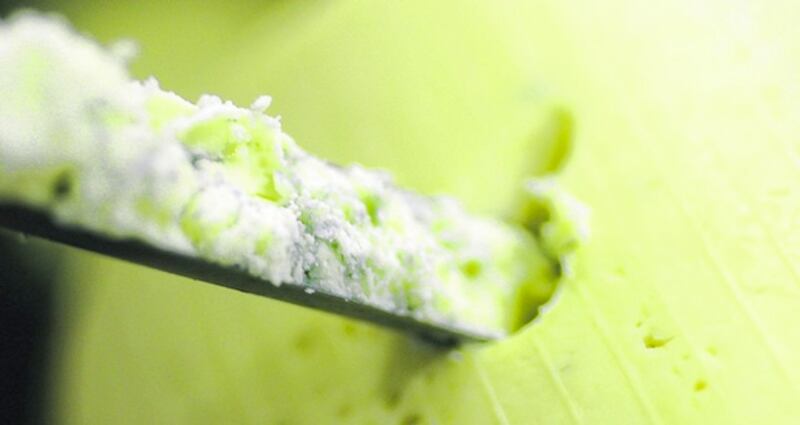Irish cheeses may not be as famous on world markets as those from France or Switzerland but cheese making is a very important segment of our food industry accounting for approximately a quarter of all dairy exports and worth around €650 million annually. This figure is set to increase significantly following the end of the EU milk quota regime in 2015.
Many Irish dairy farmers and processors are planning to significantly increase production in the period after 2015. “If you look at the plans being proposed by the industry, the increase in production will be around 50 per cent over 2011 levels,” says Tara McCarthy, director of the Bord Bia food and beverages division. “Everyone has their own idea of what the exact product mix will be within this but we estimate that cheese production will increase by about 50 per cent overall.”
While the vast bulk of this increase will be accounted for by major dairy companies, like Dairygold and Glanbia, it would be very wrong to assume that it will all be made up of commodity cheeses like cheddar. The industry has invested heavily in the research and development of new and different cheese varieties over the years in order to enhance its product offering on both the home and export markets.

Dairygold, which is planning to invest up to €200 million in additional processing capacity in the post-quota era, is among the leaders in this regard. “Dairygold operates two cheese manufacturing facilities in Ireland producing 50,000 tonnes of high quality natural cheeses”, says Tim Healy, head of Dairygold Food Ingredients Ireland. “Cheddar cheese is produced in Mitchelstown and our speciality cheese facility at Mogeely in east Cork is home of Ireland’s only PDO [Protected Designation of Origin] status cheese, Imokilly Regato.”
The speciality farmhouse cheese sector is also experiencing strong growth with retail sales in Ireland increasing by 43 per cent since 2011, to reach €4 million per annum. There are currently over 50 farmhouse cheesemakers in Ireland producing over 150 types of cheese and the sector is now valued at over €12 million per year at farm gate level, with exports estimated at €4.5 million. Bord Bia attributes the rise in the value of farmhouse cheese sales largely to increased market penetration but also an increase in frequency of purchase.
One of the key market advantages of Irish farmhouse cheese is that they are all unique to their individual producer. “Our European neighbours find it hard to believe that each cheese is only produced on one farm and is the result of the passion and dedication of one family,” says Eimear O’Donnell, consumer dairy sector manager with Bord Bia.
McCarthy says the main target markets for the increase in cheese output are Asia, the Middle East and Africa where economic and population growth will lead to a natural increase in demand for dairy products. “We are working on creating the best value opportunity in each zone to deliver the best returns to farmers,” she says. “We won’t be just dumping it all in one market.”
The farmhouse sector faces particular challenges. “Expansion comes at a cost for a farmhouse producer,” McCarthy explains. “When they increase cheese production they are going to be left with additional whey. Large processors use this for other products but farmhouse producers cannot. They also face challenges when expanding into new markets but these can be overcome through arrangements like the co-opetition deal between the Irish Dairy Board and Cashel Blue where Cashel Blue is being distributed in the US by the Dairy Board and is co-branded under the Cashel Blue and Kerrygold names. ”










